It was around seven o’clock last night when we spotted what we thought was a fox in Brackenridge Park, the creature came out of the shadows of the Joske Pavillion (No lights on). To our surprise it was a Coyote that ran by on the sidewalk.
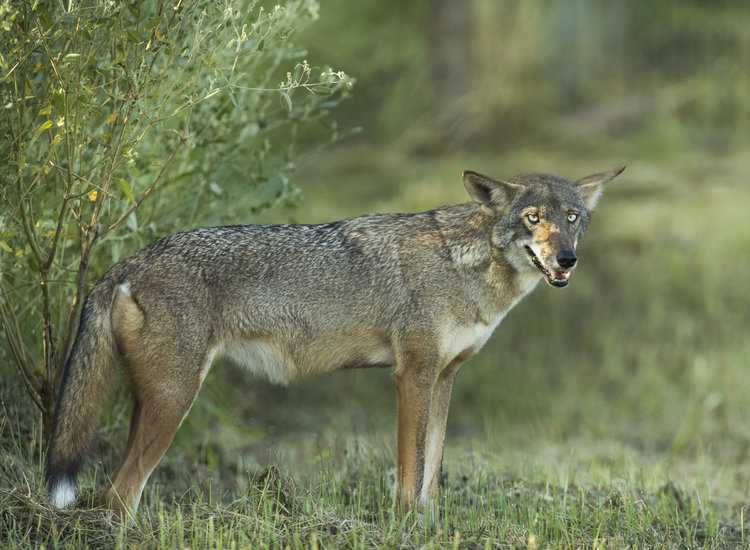
In the spring of 2022, we spotted a wild turkey in the same Park.
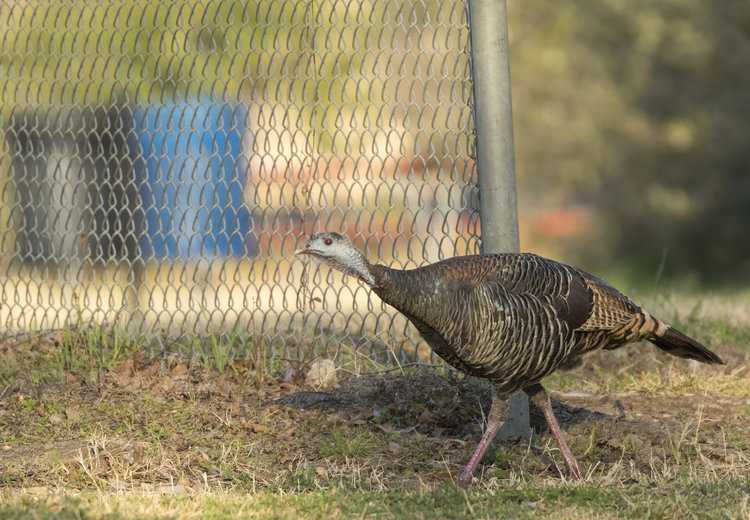
Have you ever wondered why wildlife does what it does? How does a Coyote end up in the middle of a city park such as Brackenridge Park? How does a 400-pound wild boar find it’s way to a city golf course?
According to Wyatt Walton of Lone Star Trapping, “as San Antonio continues to flourish in population, there’s that much more native land having developments built on it. To accommodate the growth, native wildlife is just being pushed and pushed. Eventually, you [will] end up having instances with human interactions as [the wild animals] are just trying to survive.”
Read: Monstrous 400-pound Feral Hog Invades Texas Golf Course, Is Caught and Tied Alive.
How exactly did migratory Egrets and Herons end up in trees in the playground at Brackenridge Park, eventually nesting over picnic tables in 2022? Before you point a finger at the Birds turn it right around and point it at your fellow man, the City of San Antonio Parks and Recreation and the USDA’s Wildlife Services.
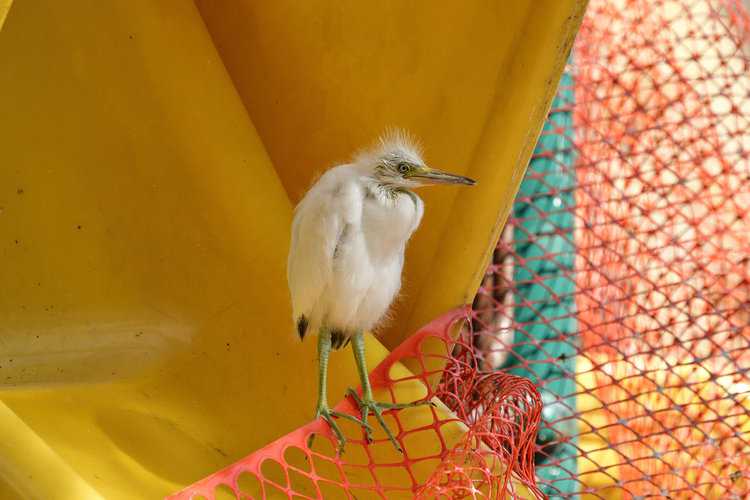
Since 2017 the city has “modified” trees the birds nested in as an effort to chase them away it would appear without much thought to where they would end up per documents obtained via Freedom of Information Act.
Those same documents would reveal the ugly truth of the USDA’s use of a depredation permit for lethal take (killing) and destruction of eggs with viable embryos, a live offspring.
The Waterbirds have lost habitat after habitat in the city as a USDA work initiation document would be amended from one park, Elmendorf Lake Park to include all 16, 237.5 Acres of Parks land.
A flock of Cattle Egrets that roosted on “Bird Island” in 2019 would be chased away, shot at, boards banging to “relocate” them from multiple areas.
In 2020 we suspect some of the birds may have migrated to Brackenridge Park, a 343-acre park with the San Antonio River running through it. The river that runs through the park is treated wastewater- “effluent” or “recycled” water. The Egrets and Herons make the long journey north during the spring to breed and successfully raise offspring.
The Habitat at Brackenridge Park hosts four species listed as Species of Greatest Conservation Need-SGCN, the Snowy Egret, Little Blue Heron, Green Heron and Texas Protected Species the Tricolored Heron nest alongside other waterbirds.
A decline in populations of the Little Blue Heron earned a listing as a Species of High Concern by the Fish & Wildlife Service in 2021!
Read: Feds identify 269 ‘Birds of Conservation Concern’.
2023 may expose San Antonio residents, target and nontarget species to another round of disturbance in an effort to scare the birds around the city, that could include the proposed demolition of significant trees at Brackenridge Park.
Read: Texas Historical Commission: Brackenridge ‘Chop’ Vote | Deceleration.
We are all connected in this web of life, and if you think the continued destruction of natural habitat will not force wildlife into city parks or cause them to show up on our doorstep, think again.
The efforts to harass migratory birds not only affects them, but it also affects us, for generations to come.
We must ban the Violence in our public parks:
According to one news source, “Human factors seem to have contributed to the large mortality event, just as they have been part of a gradual but severe decline in birds’ numbers.
North America alone has lost about 3 billion birds since 1970.” Maybe we should halt the destruction of natural habitat, just maybe we could learn to co-exist with the birds before it’s too late?
Read: Half of North American bird species threatened by climate change.
Citation:
Laboratory tests have shown that cattle egrets are not carriers of brucellosis, as was once suspected. Heronries near human habitation cause noise, odor, and fear of diseases such as ornithosis and histoplasmosis. There is no evidence, however, that cattle egrets have introduced diseases or parasites detrimental to humans or native herons and egrets. TSHA | Cattle Egret (tshaonline.org)
Lead Image: Migratory chicks on fence, mortality rate is 71% in first year and half of life. We are their biggest threat!
Alesia Garlock
Wildlife / Environmental Advocate! I fight to protect nature. Informing the public of hidden agenda!
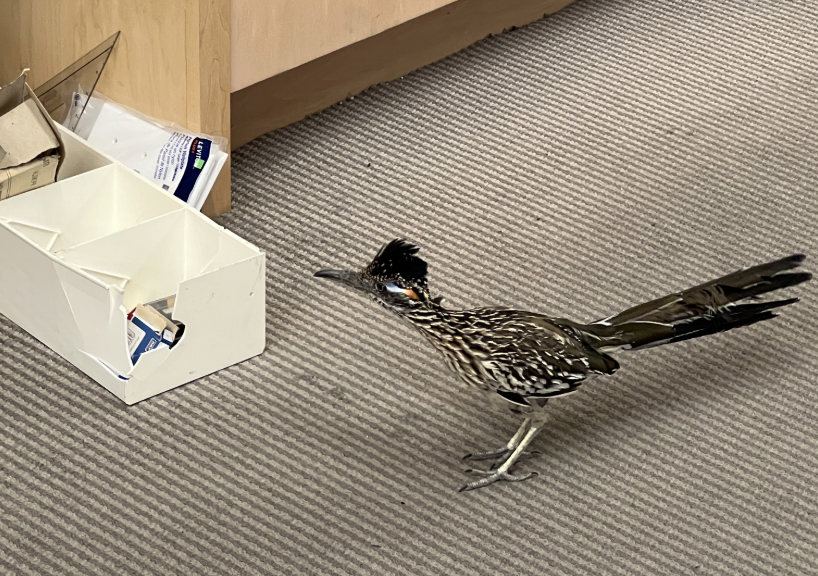
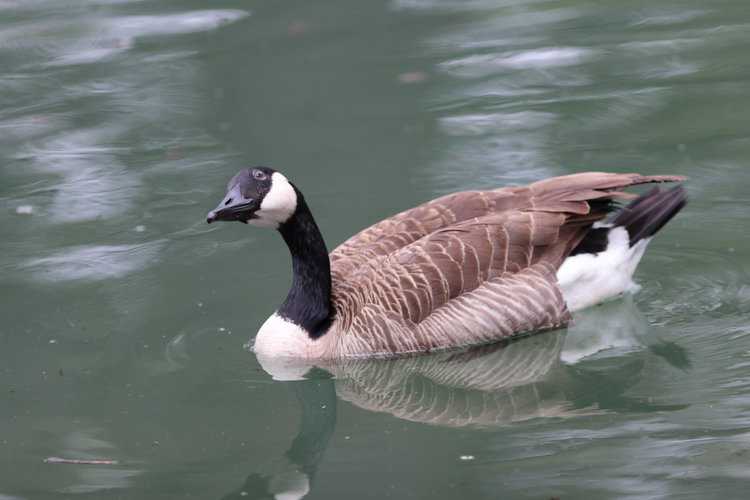
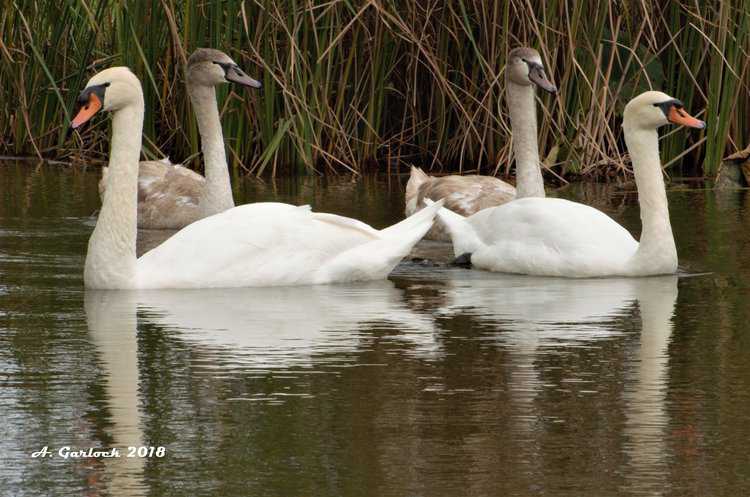



Leave a Reply